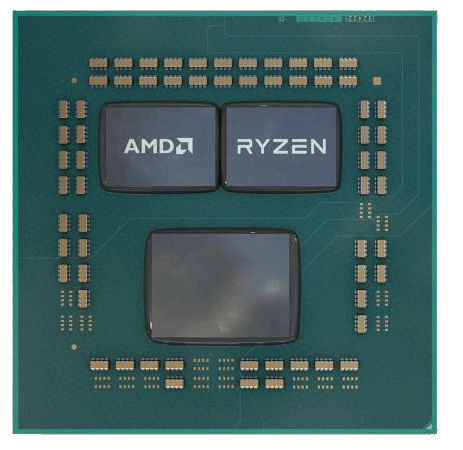I agree with nick Mr.83 when you admit I'm gonna call you based on same rule, on Intel's average IPC rise per generation (it's about +4%) so I'm gonna call you Mr.4%. Do you agree?

Ok, thanks for info, I'm still learning. However this prove my opinion that Zen FPU is based on DNA from XV/SR/BD. And Thunder57 was wrong saying "I don't agree with what you are saying about Zen borrowing anything significant from BD." Thanks for clarificiation and we can close this OT.
So you say at least due to perf/watt envelope there is significant advantage for ARM and x86 cannot do anything about that? IMHO that's why Intel had to back off from smartphone/tablet market. This can be key advantage when you have massive multi-core server chiplet based server CPU like Epyc 2. In other words AMD with K12 would be able to put more cores within same 280W TDP or clock them higher. But how much this could be, something like +25% or even more? (assuming iso-ipc)




